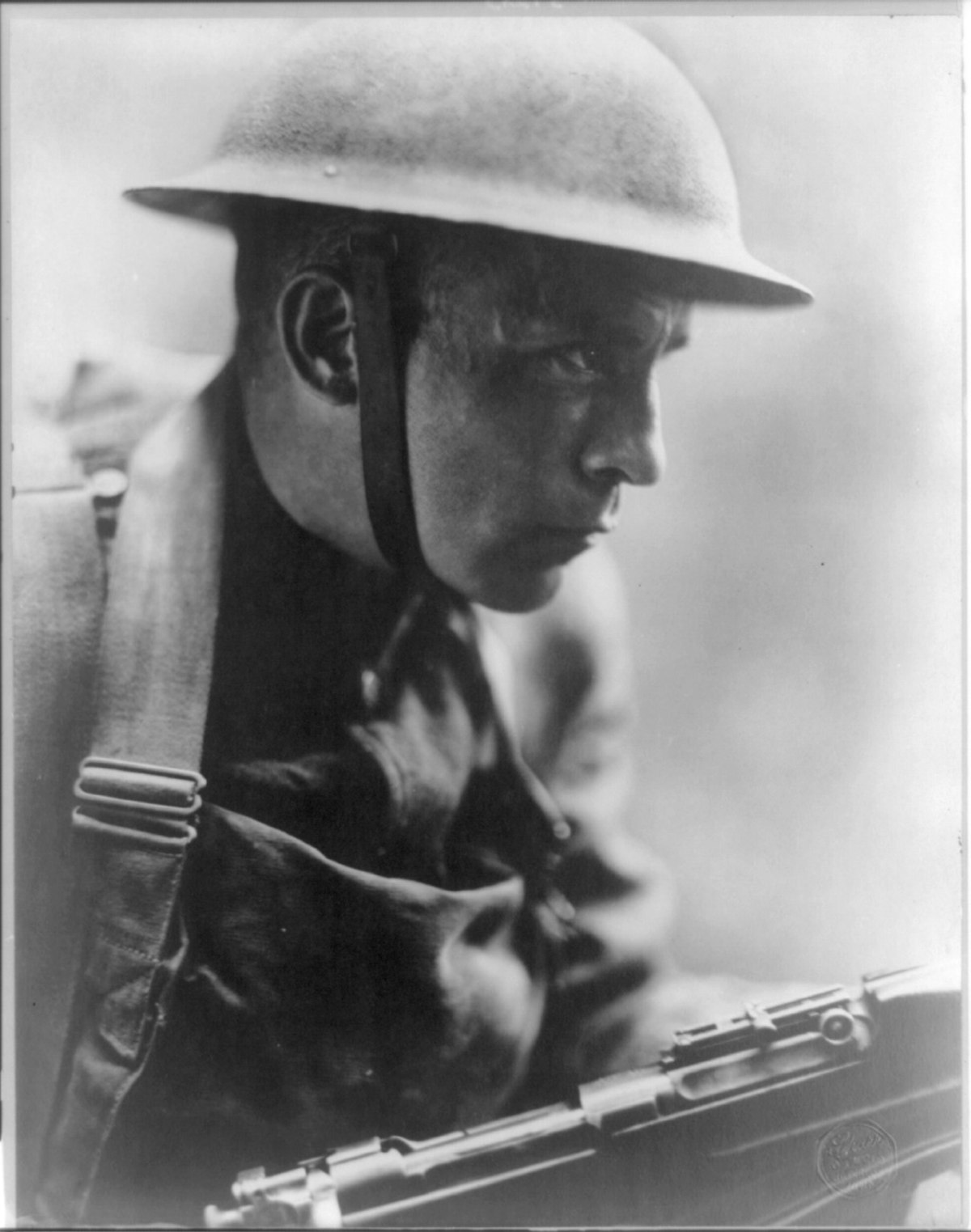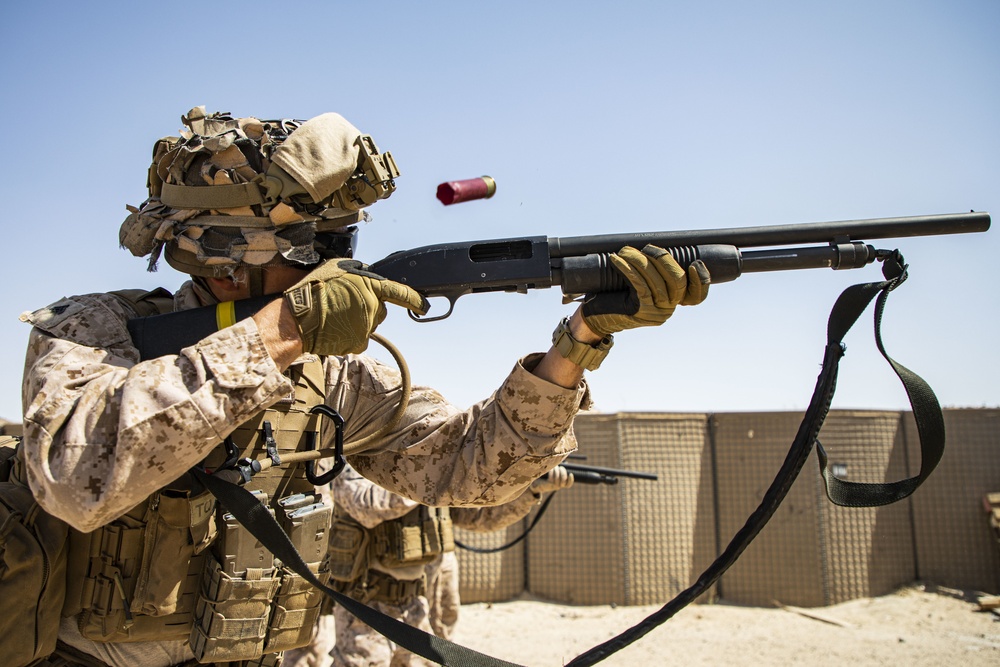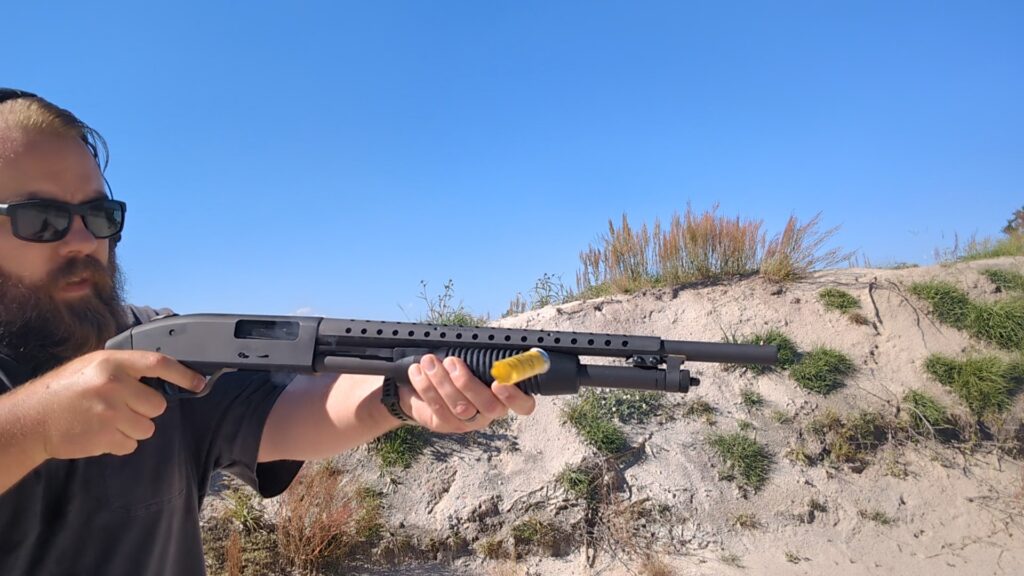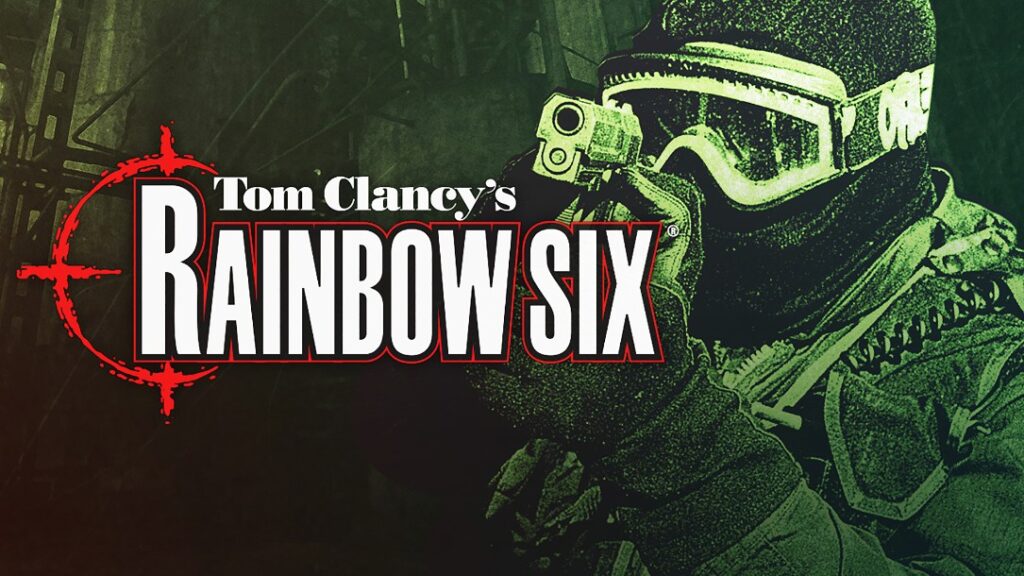Imagine you’re a twenty to-year-old 2nd L.T. in the U.S. Army. You joined the American Expeditionary Force in Europe in 1917. The Great War is raging on. You have an infantry platoon to lead, so what weapons have the army issued you? That’s an easy answer. You’re clearly armed with a Springfield M1903 and an M1911, right? Maybe, but in reality, the armament of the American doughboy was not toting M103s and M1911s into combat.
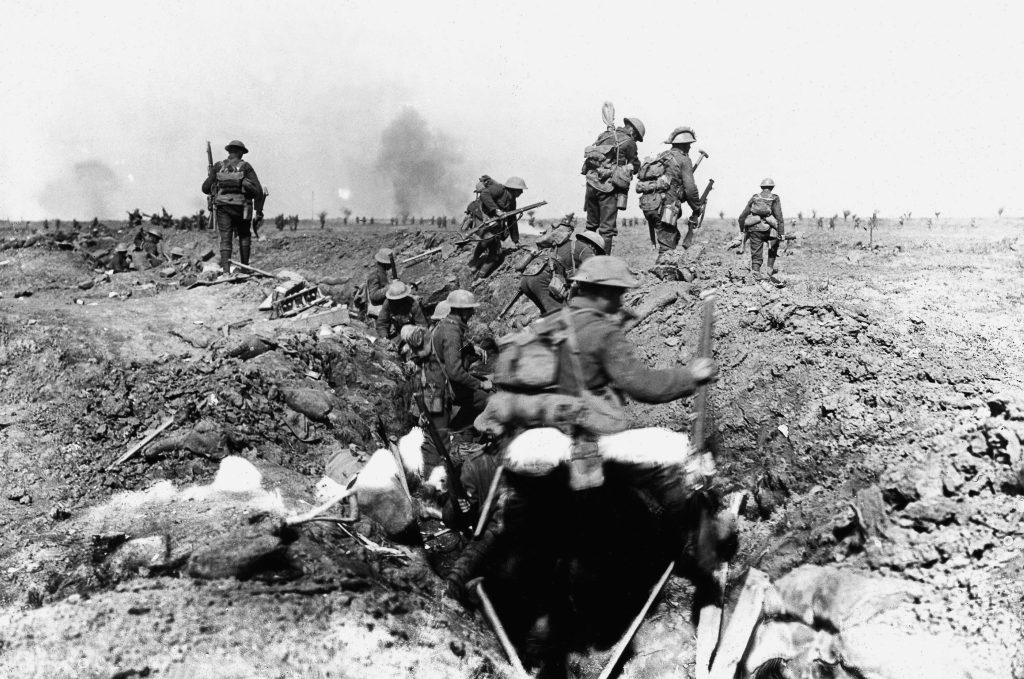
The American military wasn’t ready for World War 1. In fact, that’s a trope that’s so often repeated. America is ready for the last war. It’s why the push to Bagdad utilized soft-skin humvees and why troops in Vietnam were still carrying WW2-era weapons.
Advertisement — Continue Reading Below
When we entered World War 1, there simply weren’t enough M1903 and M1911s to go around. The U.S. Army had to supplement the massive force they had recently built with alternatives. While the M1903 and M1911 were the official weapons of the U.S. Army, they were the minority of weapons issued. So what handgun and rifle armed doughboys in World War 1?
The Doughboy Rifle – The Enfield M1917
The Brits were fighting in the war for years before Americans entered the fray. They needed rifles, so they contracted with Winchester, Remington, and Eddystone to produce an Enfield variant known as the P14. This would be a .303 caliber rifle designed to help arm the British military in a time of crisis.
When the United States entered the war, they had less than a million Springfield M1903s. In their efforts to arm their doughboys, they turned to Remington, Winchester, and Eddystone. These companies were already tooled up to make those P14s and could produce P14s faster than they could transition to producing Springfield M1903s.
Advertisement — Continue Reading Below
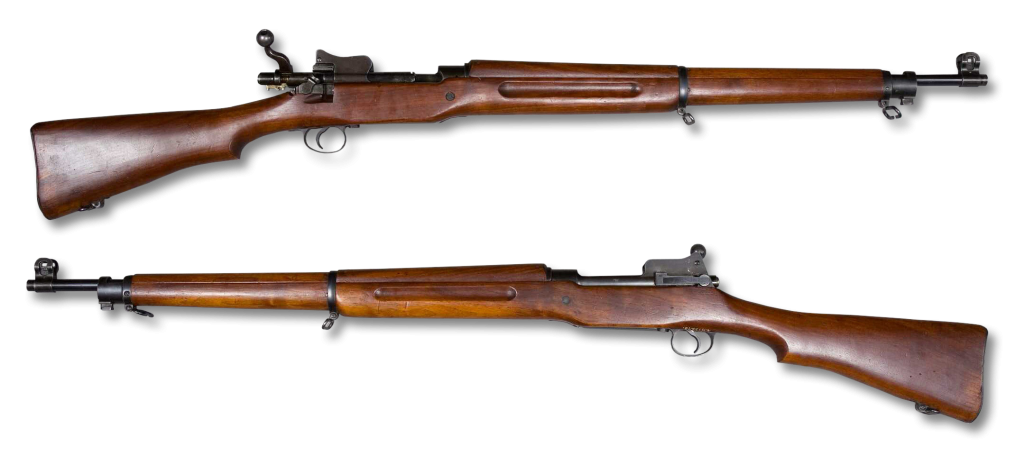
The Americans didn’t use the .303 cartridge but used the All-American, horse killing, shoulder thumping, freedom spreading .30-06. That was a slight modification they had to make, and they were up and running. Springfield produced the M1903 rifles, and everyone else began producing what became known as the U.S. Rifle Caliber. 30 Model of 1917, or M1917 for short.
They did eliminate the volley sights of the p14 and ensured it worked with U.S. made 5 round stripper clips. Slight modifications included lightening the weapon a bit, and the rifle used the sword-like M1917 bayonet. The M1917 armed about 75% of American Doughboys, including one Alvin York.
Advertisement — Continue Reading Below
Sergeant York used the rifle when he earned the Medal of Honor after capturing 35 machine guns, killing 25 enemy soldiers, and capturing 132 prisoners. It worked well and was the rifle that won the war.
The Fighting Pistol
Whenever someone likes to throw in the two World War claim in regard to the M1911, I love to point to them the Colt and Smith models of the M1917 revolvers. Much like the Springfield M1903, the U.S. did not have enough M1911s to go to combat. The pistol was fairly new, and getting trained gunsmiths and the machinery up to make them wasn’t viable on such short notice.
Colt and S&W could produce revolvers, and that’s exactly what they did. The War Department wanted these revolvers to use .45 Colt to simplify logistics. Doughboys could keep the adopted ammo but on a different platform. This hadn’t been done before, and the lack of a pronounced rim proved to be a challenge. Daniel B. Wesson of S&W developed the half-moon clips to make ejection easy. They allowed Colt to use the half-moon clip design for free.
Advertisement — Continue Reading Below
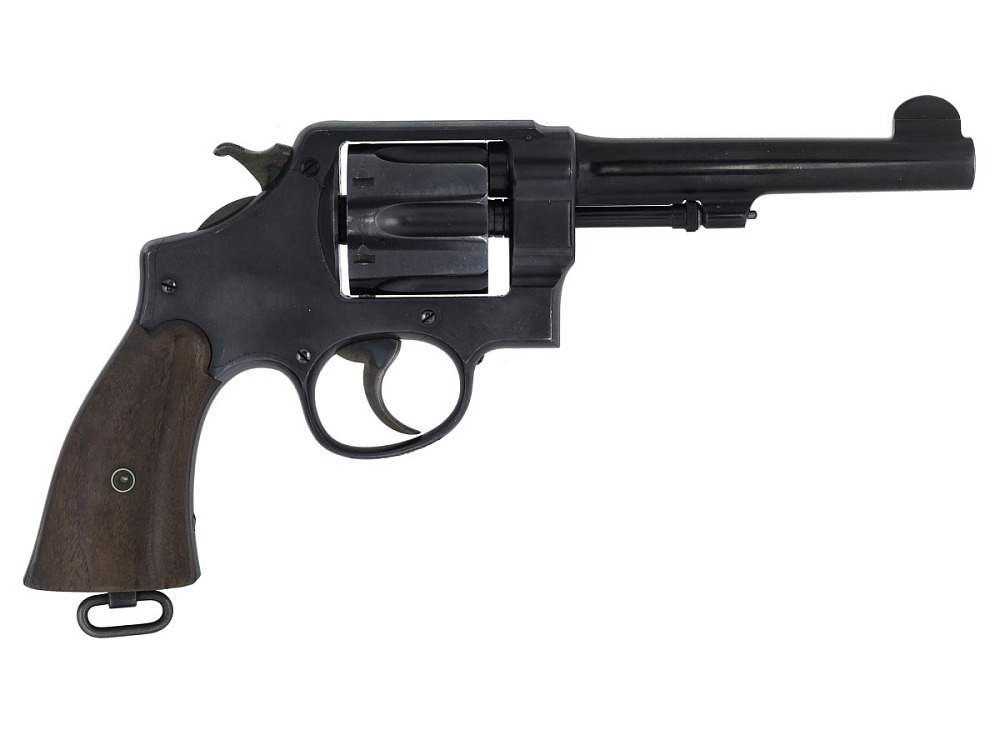
S&W took their famed Triple Lock revolver and converted it to .45 ACP. Colt went with the M1909 revolver originally chambered in .45 Colt and converted it to .45 ACP. S&W’s model had a rim machined into the cylinder that allowed the cartridge to headspace on the case mouth. The Colt M1907 required the half-moon clips to fire.
Two-thirds of doughboys who toted a pistol toted an M1907. The M1911 was a minority in the trenches. In fact, the M1907 also served in WW2 and in Vietnam with tunnel rats.
Advertisement — Continue Reading Below
The Truth About World War 1
Our perceptions of the weapons used in World War 1 are often wrong. This comes down to nearly every weapon. Yep, the M1897 was used as a trench gun, but so were several other shotguns, including the better-designed Model 12. Two M1917 weapons won the war. Well, maybe not the war, but they armed the doughboys more often than our general perception.
